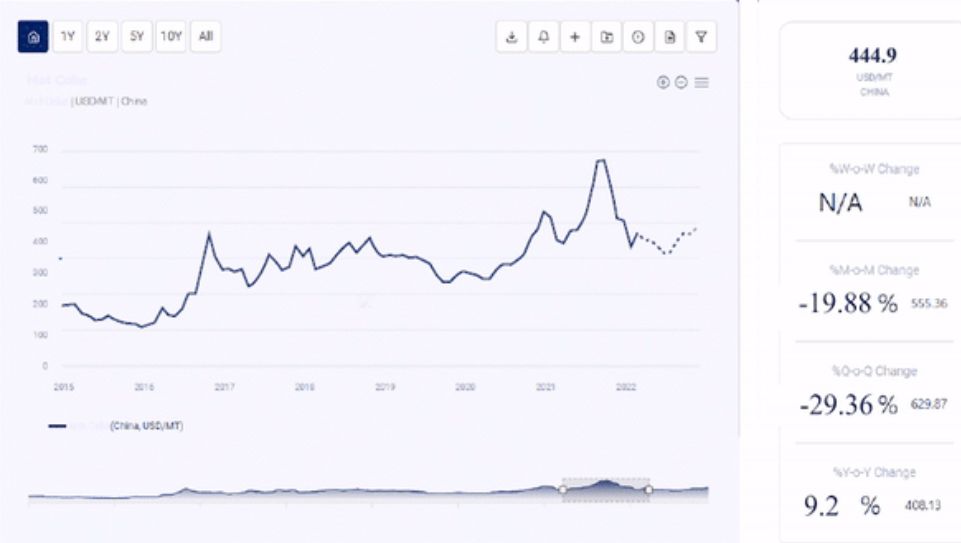
Tennis elbow aka lateral epicondylitis, is a painful condition that affects the tendons in the elbow. This condition is commonly caused by repetitive strain injury and overuse of the forearm muscles and tendons. Tennis players are at high risk of developing this condition. Still, it can also affect individuals who perform repetitive arm movements, such as typing or using a computer mouse. Tennis elbow pain can be debilitating and can significantly impact a person’s ability to perform daily tasks. Tennis elbow massage is an effective treatment for tennis elbow pain. This article will discuss seven essential massage tips that can help cure tennis elbow pain.

Tennis Elbow Massage Is Effective to Cure Pain:
Tennis elbow massage therapy can be a highly effective treatment option for tennis elbow pain. Several studies have shown that massage therapy can help to reduce pain and improve function in individuals with tennis elbows. One study published in the Journal of Bodywork and Movement Therapies found that massage therapy was effective in reducing pain and increasing grip strength in individuals with tennis elbows. The study compared massage therapy to a control group that received no treatment and found that those who received massage therapy experienced significant improvements in pain and function.Tip #1: Focus on the Affected Area
When massaging the elbow, focusing on the affected area is essential. The lateral epicondyle, the bony bump on the outside of the elbow, is where the tendons that are affected by tennis elbow attach. Massaging this area can help to alleviate pain and improve flexibility. Use your fingers or the heel of your hand to apply pressure to the affected area.Tip #2: Use Deep Tissue Massage
Deep tissue massage is a type of massage that uses firm pressure and slow strokes to target deep layers of muscle and connective tissue. This type of massage can be particularly effective for treating tennis elbow pain. Deep tissue massage can help break up scar tissue and adhesions, contributing to pain and stiffness. When using deep tissue massage, it is important to start with lighter pressure and gradually increase the intensity as the tissues loosen.Tip #3: Apply Heat
Applying heat to the affected area of the muscles can help to relax the muscles and reduce pain. Heat can also increase blood flow to the area, which can help to speed up the healing process. You can use a heating pad, warm towel, and hot water bottle to apply heat to the elbow before or after a massage. It is important to avoid applying heat directly to the skin, as this can cause burns.Tip #4: Stretch the Forearm Muscles
Stretching the forearm muscles can improve flexibility and reduce tension in the affected area. Several stretches can be effective for treating tennis elbow pain. One simple stretch involves holding your arm straight out in front of you with your palm facing down. Use your other hand to gently pull your fingers back towards your wrist until you feel a stretch in your forearm. Hold this position for 15 to 30 seconds, then release and repeat on the other arm.Tip #5: Use Trigger Point Therapy
Trigger point therapy targets specific areas of muscle tension, known as trigger points. These points can be particularly sensitive and cause pain in other areas of the body. When treating tennis elbow pain, focusing on trigger points in the forearm and upper arm muscles is important. Apply pressure to these points using your fingers or a massage tool, and hold for 10 to 30 seconds or until you feel a release of tension.Tip #6: Incorporate Active Release Techniques
Active release techniques (ART) are a massage that focuses on soft tissue mobilization. This technique involves applying pressure to specific areas of muscle tension while the patient actively moves the affected limb. ART can be particularly effective for treating tennis elbow pain, as it helps break up adhesions and scar tissue while improving the range of motion. Your massage therapist can demonstrate active release techniques that you can do at home between massage sessions.Tip #7: Rest and Recover
Rest and recovery are essential components of any treatment plan for tennis elbow pain. Avoiding activities that exacerbate the condition, such as repetitive arm movements, can help to reduce pain and inflammation. Your massage therapist may recommend exercises and stretches that you can do at home to help improve your range of motion and reduce stiffness. Following these recommendations and giving your body time to heal is important. Sometimes, your massage therapist may recommend additional treatments, such as physical therapy or acupuncture, to help alleviate pain and improve function.Final Words
Tennis elbow pain can be frustrating and debilitating, but tennis elbow massage can be an effective treatment option. By focusing on the affected area, using deep tissue massage, applying heat, stretching the forearm muscles, using trigger point therapy, incorporating active release techniques, and resting and recovering, you can help to alleviate pain and improve function.








